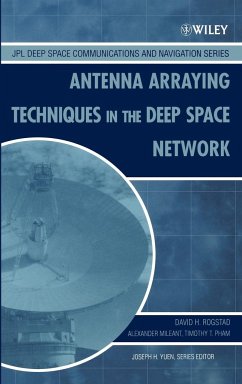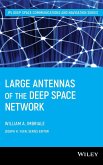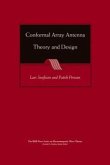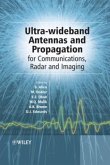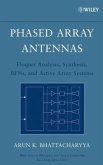Arraying is the combining of the signals from several antennas in order to improve the signal-to-noise ratio (SNR) of a signal. It has enabled the National Aeronautics and Space Administration (NASA) Deep Space Network (DSN) to extend the missions of spacecraft beyond their planned lifetimes and to receive higher data rates than can be supported with a single antenna. This co-publication with the National Aeronautics and Space Administration's (NASA) Deep Space Communications and Navigation System Center of Excellence (DESCANSO) recently established at the California Institute of Technology's Jet Propulsion Laboratory (JPL) provides an introduction to the development and use of antenna arraying in the Deep Space Network (DSN).
An introduction to antenna Arraying in the Deep Space network
Antenna arraying is the combining of the output from several antennas in order to improve the signal-to-noise ratio (SNR) of the received signal. Now implemented at the Goldstone Complex and other Deep Space Network (DSN) overseas facilities, antenna arraying provides flexible use of multiple antennas to increase data rates and has enabled NASA's DSN to extend the missions of some spacecraft beyond their planned lifetimes.
Antenna Arraying Techniques in the Deep Space Network introduces the development and use of antenna arraying as it is implemented in the DSN. Drawing on the work of scientists at JPL, this timely volume summarizes the development of antenna arraying and its historical background; describes key concepts and techniques; analyzes and compares several methods of arraying; discusses several correlation techniques used for obtaining the combined weights; presents the results of several arraying experiments; and suggests directions for future work.
An important contribution to the scientific literature, Antenna Arraying Techniques in the Deep Space Network
_ Was commissioned by the JPL Deep Space Communications and Navigation Systems (DESCANSO) Center of Excellence
_ Highlights many NASA-funded technical contributions pertaining to deep space communications systems
_ Is a part of the prestigious JPL Deep Space Communications and Navigation Series
The Deep Space Communications and Navigation Series is authored by scientists and engineers with extensive experience in astronautics, communications, and related fields. It lays the foundation for innovation in the areas of deep space navigation and communications by disseminating state-of-the-art knowledge in key technologies.
Hinweis: Dieser Artikel kann nur an eine deutsche Lieferadresse ausgeliefert werden.
An introduction to antenna Arraying in the Deep Space network
Antenna arraying is the combining of the output from several antennas in order to improve the signal-to-noise ratio (SNR) of the received signal. Now implemented at the Goldstone Complex and other Deep Space Network (DSN) overseas facilities, antenna arraying provides flexible use of multiple antennas to increase data rates and has enabled NASA's DSN to extend the missions of some spacecraft beyond their planned lifetimes.
Antenna Arraying Techniques in the Deep Space Network introduces the development and use of antenna arraying as it is implemented in the DSN. Drawing on the work of scientists at JPL, this timely volume summarizes the development of antenna arraying and its historical background; describes key concepts and techniques; analyzes and compares several methods of arraying; discusses several correlation techniques used for obtaining the combined weights; presents the results of several arraying experiments; and suggests directions for future work.
An important contribution to the scientific literature, Antenna Arraying Techniques in the Deep Space Network
_ Was commissioned by the JPL Deep Space Communications and Navigation Systems (DESCANSO) Center of Excellence
_ Highlights many NASA-funded technical contributions pertaining to deep space communications systems
_ Is a part of the prestigious JPL Deep Space Communications and Navigation Series
The Deep Space Communications and Navigation Series is authored by scientists and engineers with extensive experience in astronautics, communications, and related fields. It lays the foundation for innovation in the areas of deep space navigation and communications by disseminating state-of-the-art knowledge in key technologies.
Hinweis: Dieser Artikel kann nur an eine deutsche Lieferadresse ausgeliefert werden.

